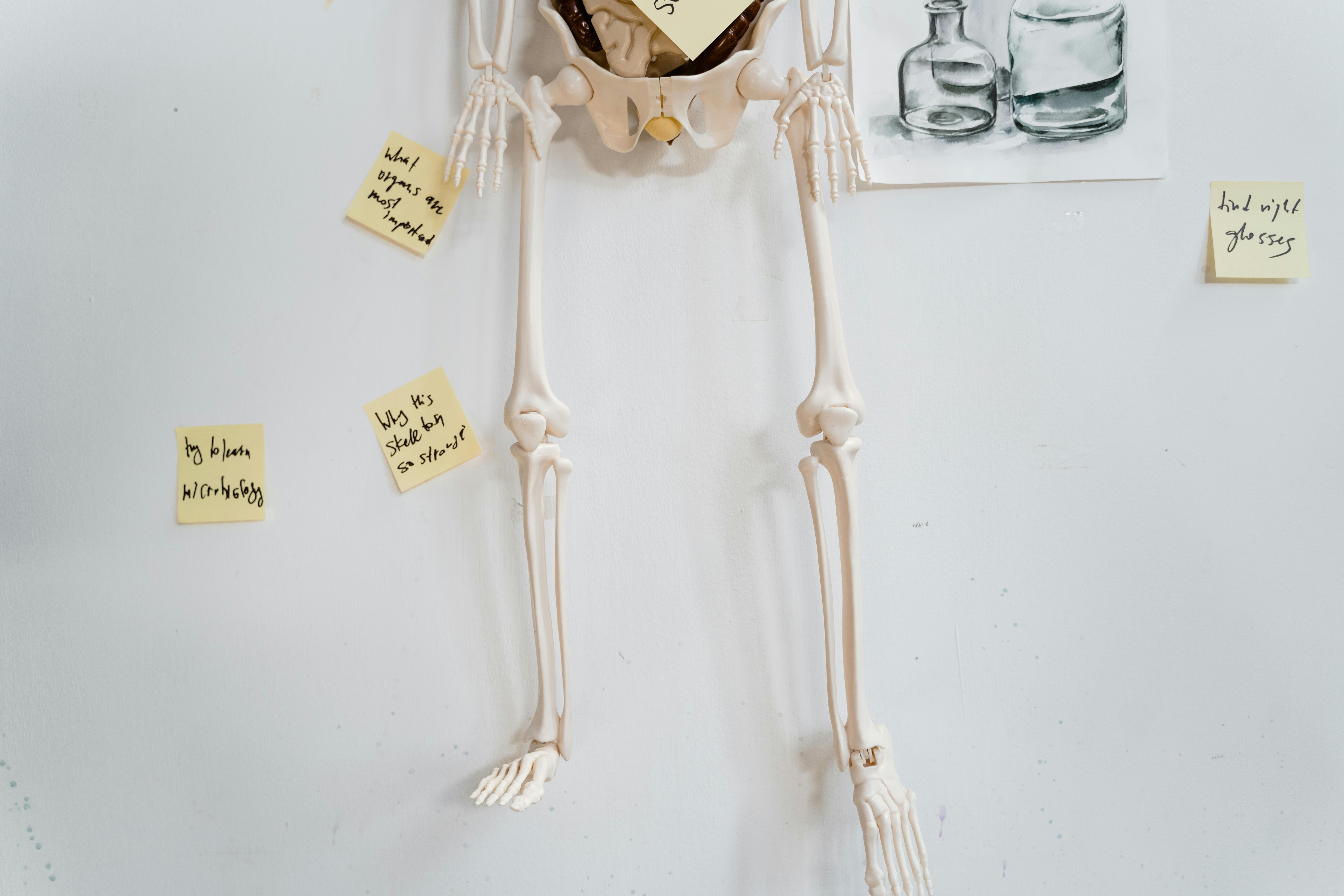In the 2024-25 academic year, U.S. MD-granting medical schools saw a slight uptick of 0.8% in first-year enrollees, yet a concerning trend emerged for those from historically underrepresented groups, with declines often reaching double digits. This data, released by the AAMC, highlights a critical moment for diversity in medical education.

Overall, the number of medical school applicants dropped by 1.2%, marking the lowest figures since 2017-18 and signaling the third consecutive year of decline. However, a silver lining appeared as 74.3% of all applicants were first-timers, reflecting a 2.3% increase in new hopefuls stepping forward to pursue their medical dreams.
AAMC President, Dr. David J. Skorton, shared optimism about this rise in first-time applicants. He emphasized the organization's commitment to cultivating a diverse physician workforce that can better serve communities, as studies increasingly link diversity to improved healthcare access and outcomes.
Examining racial and ethnic diversity among applicants, 2024 data revealed a rise in Black or African American applicants (up 2.8%) and Hispanic, Latino, or of Spanish Origin applicants (up 2.2%), while American Indian or Alaska Native applicants witnessed a stark decline of 15.4%. Unfortunately, the number of matriculants from these underrepresented groups fell, contributing to a troubling overall trend.
Specifically, Black or African American matriculants dropped 11.6%, continuing a three-year decline, while Hispanic, Latino, or of Spanish Origin matriculants fell by 10.8%. Notably, matriculant numbers for these groups have reverted to pre-pandemic levels. Also, American Indian or Alaska Native matriculants decreased by a staggering 22.1%.
Diversity amongst medical school enrollees is visible, with more students identifying as Black or African American (increased from 7.9% to 10.3%) and Hispanic, Latino, or of Spanish Origin (from 9.9% to 12.3%) since 2017-18. This positive shift showcases potential future avenues for a more inclusive healthcare workforce.
Gender statistics for the 2024-25 academic year continued to reflect a notable trend: women made up the majority among applicants (56.8%), matriculants (55.1%), and overall enrollment (54.9%). Women’s matriculation rose just 0.2%, suggesting a stabilization after significant growth, while male matriculants increased by 1.0%, breaking a streak of declines.
Socioeconomic backgrounds also reflected concerning trends; applicants from families with parents holding less than a bachelor's degree decreased by 2.2%, with matriculants from this group falling 2.1%. Furthermore, first-generation applicants decreased by 1.6%, and their matriculant numbers dropped by 2.3%.
In the new entering class, 166 matriculants are military veterans, a slight reduction from the previous year. Maintaining strong academic credentials, the median GPA of new matriculants remains high at 3.86, slightly above earlier years. They present a dedicated commitment to service, with an impressive average of 709 community service hours per student.
The landscape for medical school admissions has shifted following the 2023 Supreme Court decision on race consideration in admissions, according to AAMC’s Chief Diversity Officer Dr. David A. Acosta. He urged medical schools to explore race-neutral admissions methods while ensuring support systems for historically underrepresented groups persist, aiming to create equitable access in the medical field.
